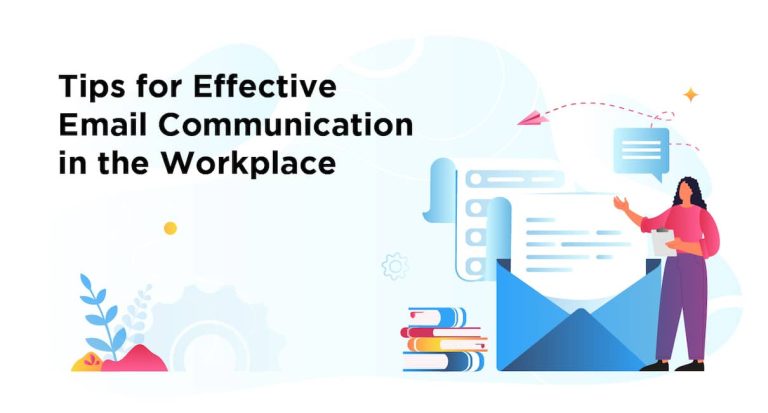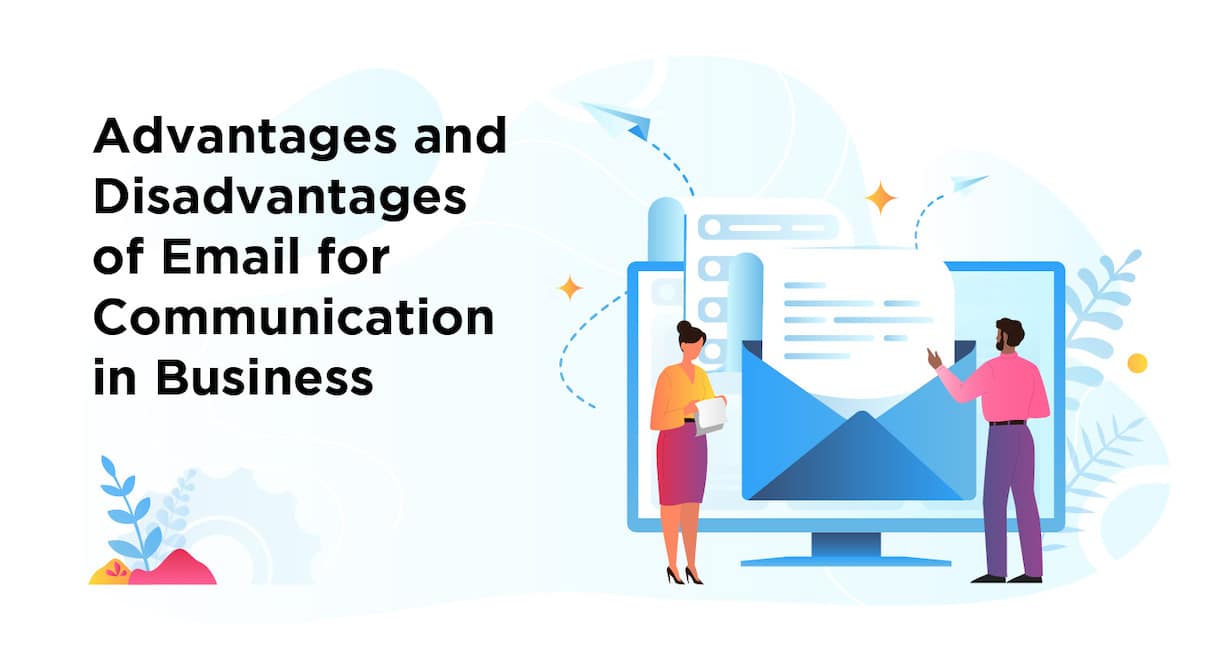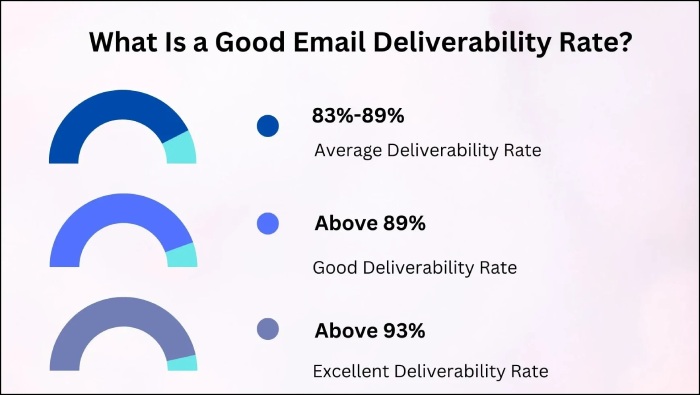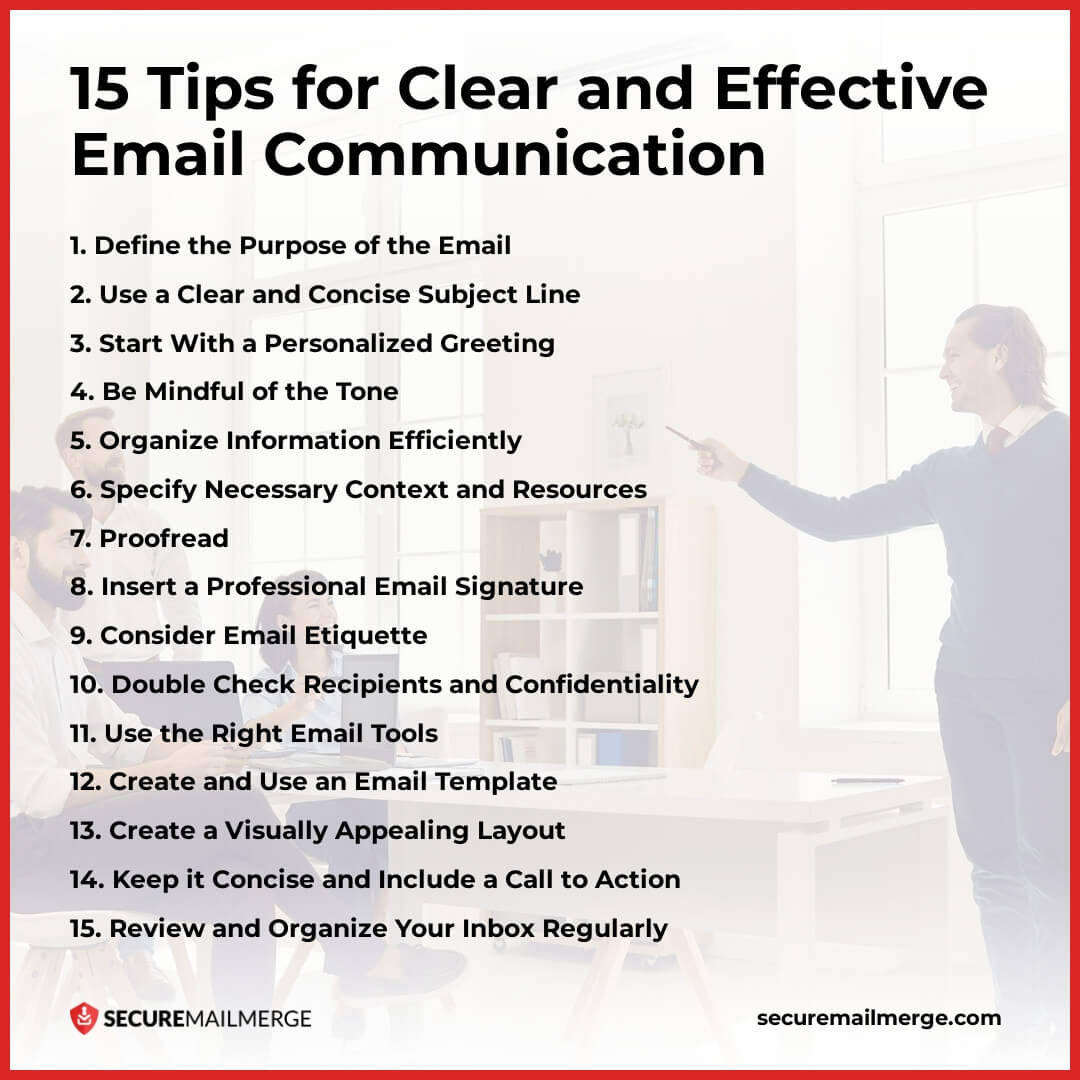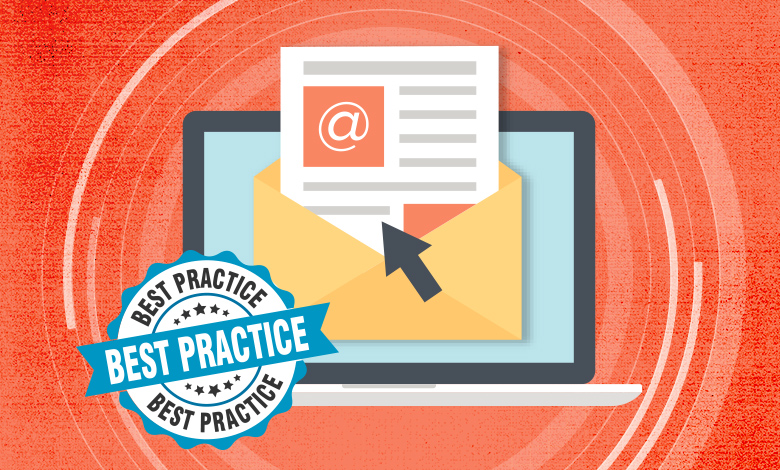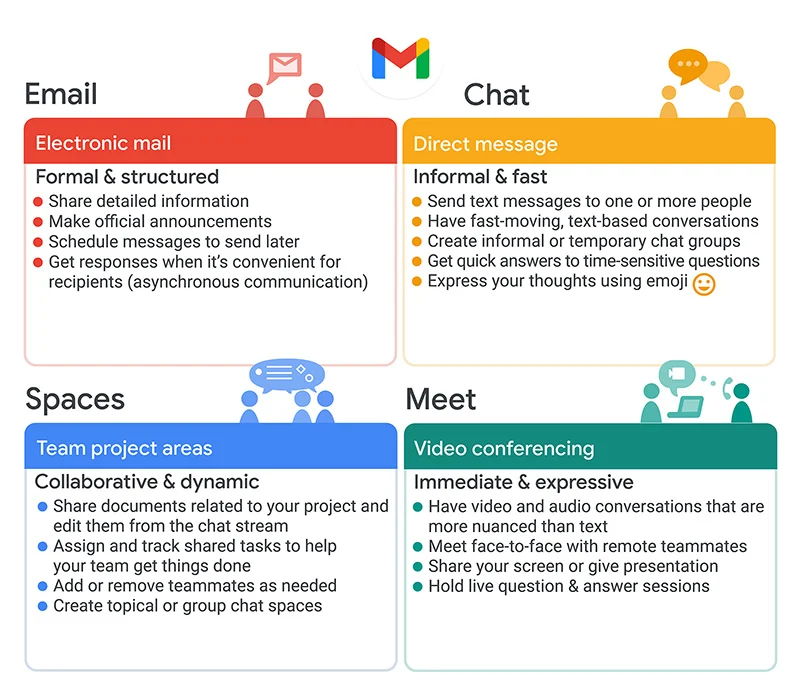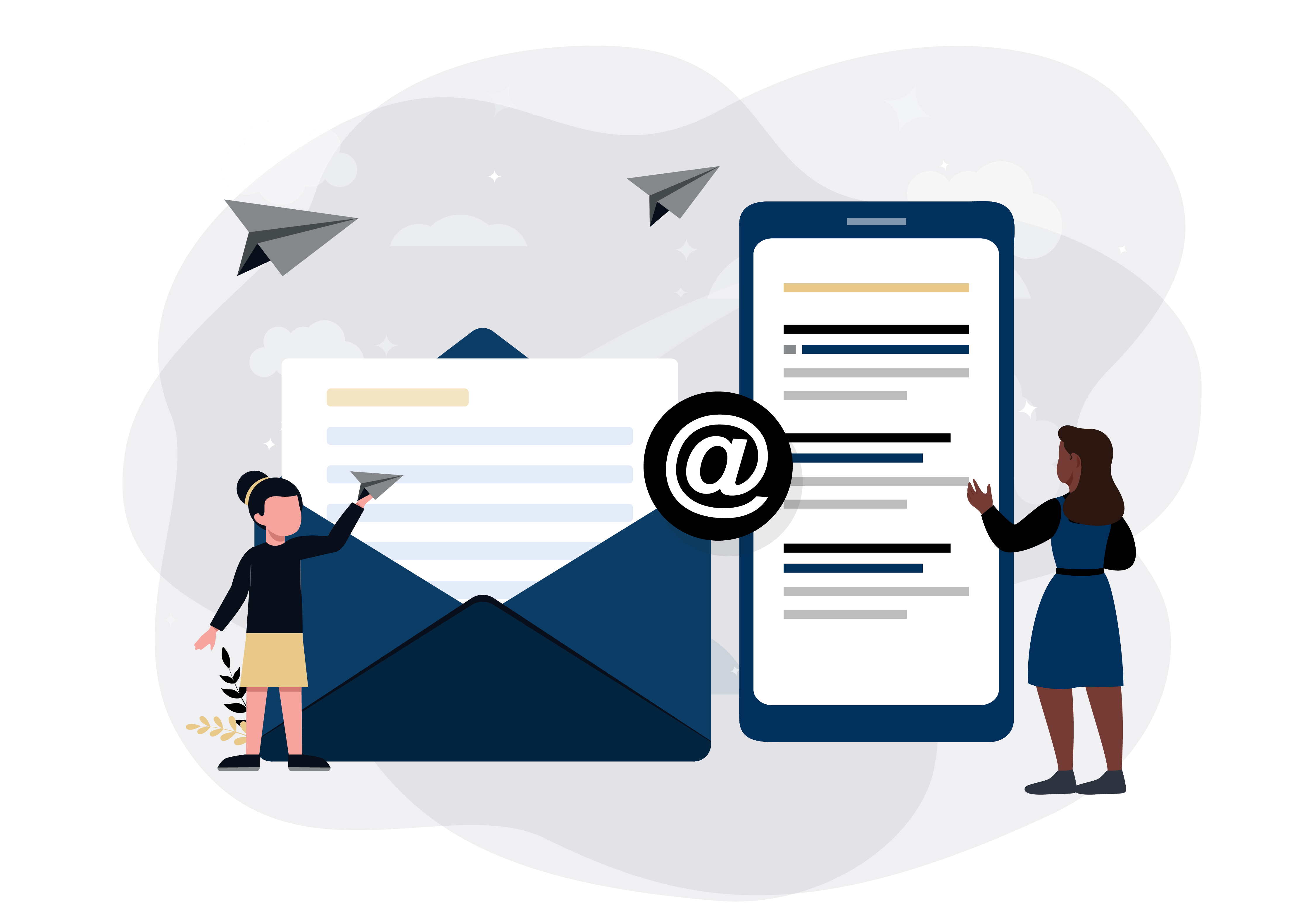Which Of The Following Is True About Email Communication

In today's digital age, email communication remains a cornerstone of professional and personal interaction. Yet, amidst its widespread use, misconceptions and outdated assumptions about email persist. Understanding the true nature of email, its capabilities, and its limitations is crucial for effective communication and avoiding potential pitfalls.
This article aims to clarify common misunderstandings about email communication, offering a fact-based perspective on its various aspects. We will delve into the realities of email security, deliverability, privacy, and its impact on workplace productivity.
Email Security: Beyond the Myth of Absolute Safety
One prevalent misconception is that email is inherently secure. While email providers implement security measures, it's crucial to recognize that email is not an impenetrable fortress. Emails can be intercepted, and accounts can be compromised through phishing or other malicious activities.
According to a report by Verizon, phishing attacks accounted for a significant percentage of data breaches. This highlights the vulnerability of email to social engineering tactics.
Security experts recommend using strong, unique passwords and enabling multi-factor authentication (MFA) to protect email accounts. Encryption, particularly end-to-end encryption, provides an additional layer of security, especially for sensitive communications.
Deliverability: Ensuring Your Message Reaches Its Destination
Another common misconception surrounds email deliverability. Simply sending an email does not guarantee it will land in the recipient's inbox. Several factors can influence deliverability, including sender reputation, email content, and recipient engagement.
Internet Service Providers (ISPs) and email providers use sophisticated filtering systems to identify and block spam. Sending unsolicited emails, using spam trigger words, or having a poor sender reputation can negatively impact deliverability.
Organizations like the Messaging, Malware and Mobile Anti-Abuse Working Group (M3AAWG) work to combat email abuse and promote best practices for deliverability. Following these best practices, such as authenticating email using SPF, DKIM, and DMARC, can significantly improve deliverability rates.
Privacy: Understanding the Limits of Confidentiality
Email privacy is a complex issue with no easy answers. While email providers are bound by privacy policies, it's important to understand that email is not inherently private.
Employers often have the right to monitor employee email communications on company-owned devices and networks. Additionally, government agencies may have the authority to access email communications under certain circumstances.
Privacy laws like GDPR and CCPA offer some protection, but the extent of privacy depends on jurisdiction and specific circumstances.
Using encrypted email services and being mindful of the content shared in emails can help protect privacy. Consider alternative communication methods for highly sensitive information.
Productivity: Email as a Double-Edged Sword
Email's impact on workplace productivity is a subject of ongoing debate. While email can facilitate communication and collaboration, it can also be a source of distraction and inefficiency.
Constantly checking email can interrupt workflow and reduce focus. Studies have shown that it can take several minutes to regain concentration after an email interruption. Effective email management techniques, such as setting aside dedicated times for checking email and using filters and folders, can help mitigate these negative impacts.
The sheer volume of email many professionals receive can be overwhelming. Prioritizing emails, using templates for common responses, and delegating tasks appropriately can improve email productivity.
The Evolution of Email: Adapting to Changing Needs
Email continues to evolve to meet the changing needs of its users. New features, such as enhanced search capabilities, collaboration tools, and improved security measures, are constantly being developed.
Mobile email access has become ubiquitous, allowing users to stay connected on the go. However, this convenience also presents challenges in terms of security and focus. Organizations and individuals must adapt their email practices to the realities of the modern digital landscape.
Ultimately, effective email communication requires a combination of technical knowledge, thoughtful communication practices, and a realistic understanding of its capabilities and limitations. By dispelling common misconceptions and embracing best practices, users can harness the power of email while mitigating its risks.


